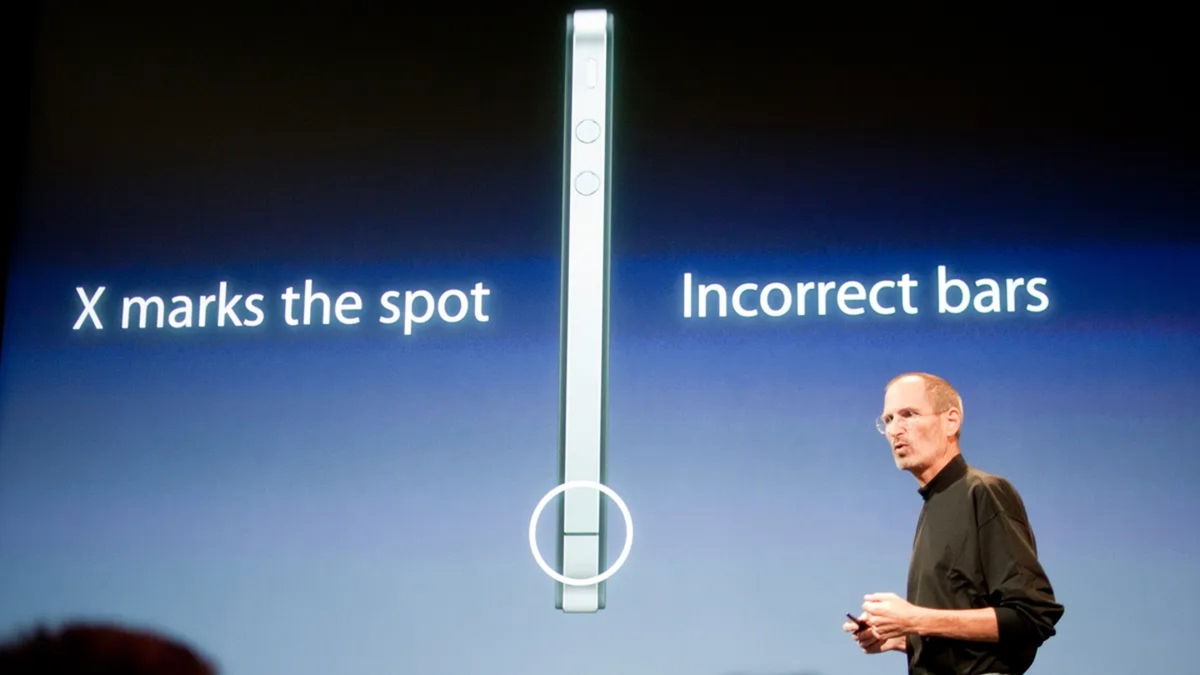Apple has announced new 14-inch and 16-inch MacBook Pros, as well as a much-anticipated update to the Mac Mini. In both cases, they work on new members of the Apple Silicon family: M2 Pro and M2 Max chipswhich, how else, promise monstrous performance compared to their predecessors.
The new SoCs unveiled to the public follow the line Apple has taken since the introduction of the M1. That is, they take the already developed base and bring it to another level, offering noticeable performance improvements, but under the promise not to sacrifice energy efficiency. This is especially important when working with professional devices such as the MacBook Pro.
Be that as it may, the M2 Pro and M2 Max not only scale the performance of the M2 chip, introduced in the middle of last year. They also make a huge leap over the more powerful versions of the M1 family.
For example, Apple claims that the 16-inch MacBook Pro with the M2 Pro can process images in Photoshop. 40% faster than a similar device with the M1 Pro, but it doesn’t stop there, as it’s claimed to be 80% faster than a 16-inch MacBook Pro with an Intel Core i9 processor, Radeon Pro 5600M GPU, 64GB of RAM, and 8TB of storage. SSD storage.
While the M2 Max is touted as the most powerful and efficient processor ever made for professional laptops. This model not only multiplies the performance of the Pro version, but also makes a fool of the original M2. It is clear that Apple has played a very important role in the development of its new hardware, especially in order to silence the criticism of those who said that it has problems with keep up with evolutionary leaps between generations.
M2 Pro: expanding the capabilities of the original M2
The M2 Pro builds on the M2 chip launched in 2022 and takes it to the next level. The SoC was designed using a second-generation 5nm process and contains 40 billion transistors. This is not only twice as much as the original M2, but almost 20% more than the M1 Pro.
M2 Pro comes with 10 or 12 cores, of which up to 8 can be for performance, and the rest for efficiency. Although the GPU may be up to 19 cores, versus 16 for the M1 Pro. As for the RAM, it supports up to 32 GB; and the single memory bandwidth is 200 GB/s.
This means that the overall performance is 20% faster than the M1 Pro, and the graphics processing speed is 30% faster.
M2 Max: Making the most of your M2 Pro

Just as the M2 Pro starts from the base of the original M2, the M2 Max does the same with the M2 Pro. Thus we find a chip that represents 67,000 million transistors, the main evolution of which can be seen in the memory section. and graphics processing.
The M2 Max uses the same 12-core processor as the M2 Pro. up to 38 cores, and has a larger L2 cache. In terms of RAM, Apple’s most powerful chip supports up to 96 GB. While the single memory bandwidth is 400 GB/s; i.e. double that of the M2 Pro and four times that of the M2.
According to Apple, the M2 Max delivers a 30% improvement in graphics processing over the M1 Max. In addition, the specialists from Cupertino pay special attention to low power consumption even at very high loads.
Thinking about content creators

Like the M1 Pro and M1 Max, Apple’s new SoCs are aimed at professional users. Be photographers, designers, content creators, etc. Especially those who usually work with the MacBook Pro, although now with the upgraded Mac Mini.
The standout feature of the M2 Pro chip is that it offers hardware accelerated encoding and decoding of ProRes, HEVC and H.264 video. Whereas the M2 Max can double the video encoding speed compared to the M2 Pro thanks to the fact that it has two engines dedicated to ProRes and two more to encode clips in general. This will be especially helpful for those who edit, render and play multiple 4K or 8K files at the same timewithout worrying about computer load or power consumption.
Finally, Apple highlighted that both the M2 Pro chip and the M2 Max use the latest generation of their Neural Engine. It is 40% more powerful than its predecessor and can process 15,800 trillion operations per second.
Source: Hiper Textual
I am Bret Jackson, a professional journalist and author for Gadget Onus, where I specialize in writing about the gaming industry. With over 6 years of experience in my field, I have built up an extensive portfolio that ranges from reviews to interviews with top figures within the industry. My work has been featured on various news sites, providing readers with insightful analysis regarding the current state of gaming culture.














